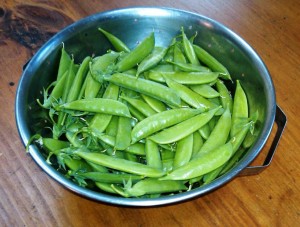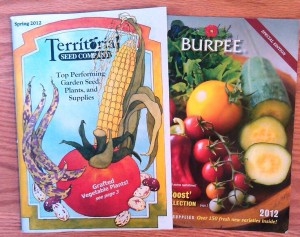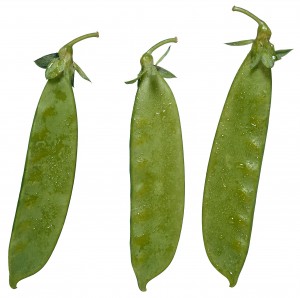Jun 24 2012
Thinking About Another Diet? Think Again
For those of you have made multiple attempts at weight loss, following the latest diet craze is hard to resist . After all, even though other diets have failed, you may think the latest new diet might finally be “the one that works.”
Over the years I have met so people looking for the elusive diet plan that’s going to work for them. Out of desperation they will try just about anything. Well, here’s something you ought to know: Diets are a setup to fail! It’s not the person who fails at dieting, it’s the diet that’s a total failure. Most of these plans are high on promises, but low on sensibility or long-term sustainability.
If you are checking out the latest, greatest diet plan, here’s a checklist of things to ask before you start up another plan:
- Does it promise a quick, easy solution or fast weight loss?
- Is it less than 1200 calories a day?
- Does it have too many rules about what you can and cannot eat?
- Does it eliminate entire groups of foods?
- Does it have a rigid plan that does not include your food preferences?
- Does it neglect guidelines for how to make healthy lifestyle changes?
- Does it rely on testimonials to show how effective it is?
- Does it focus on the sale of a product as the sole way to achieve success?
If you came up with an answer of yes for one or more of these questions, you have just found another fad (or very restrictive) diet that’s going to fail you again. Today there so many more diet books, diet plans, and diet supplements to lure people into a false hope for quick and easy weight loss.
As unappealing and unexciting this may sound, the truth of the matter is that there is no quick or easy way to lose weight. It takes effort, it takes patience, and most of all it involves making healthy lifestyle changes that are achieved over a period of time!
Comments Off on Thinking About Another Diet? Think Again














